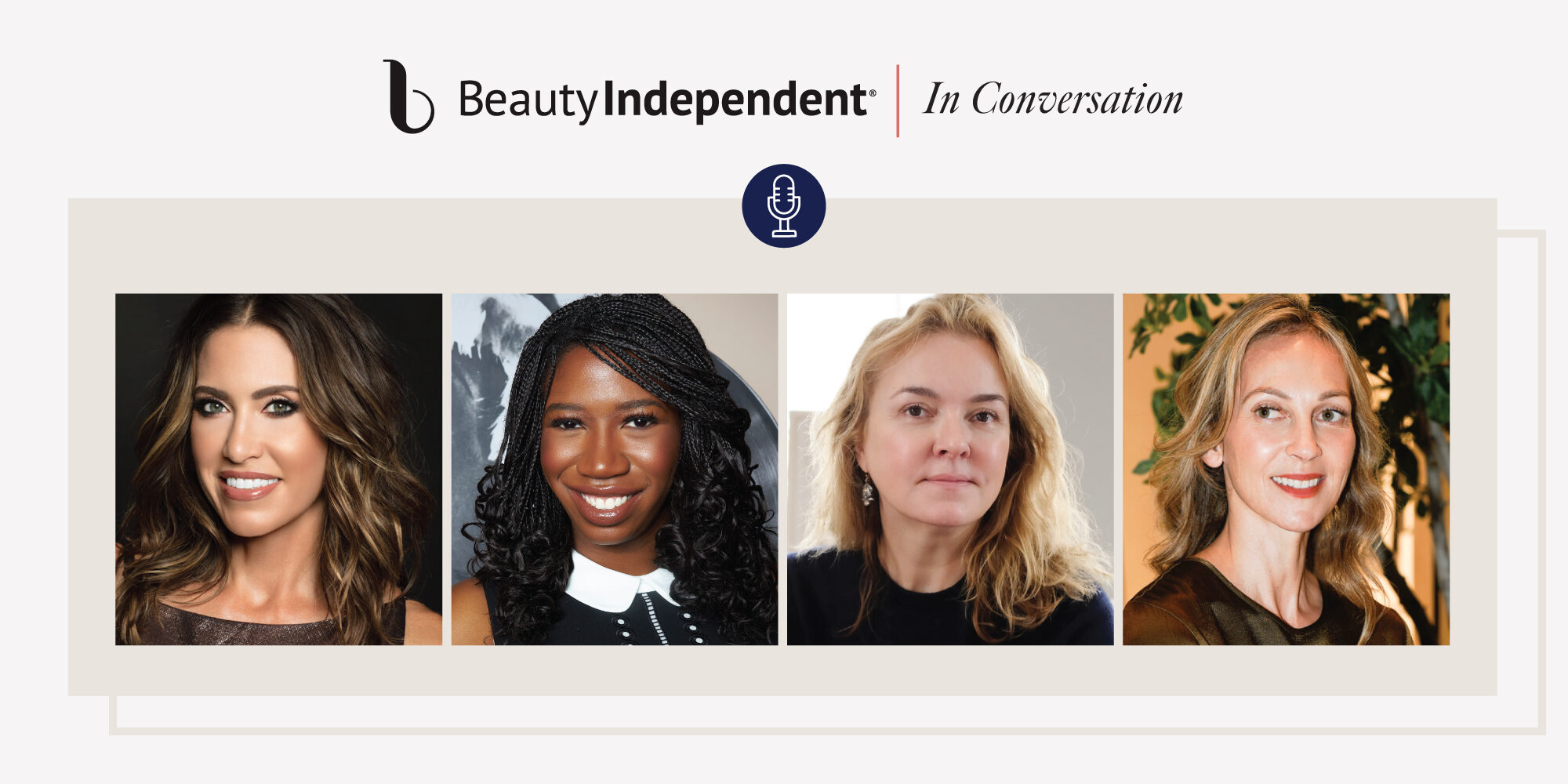
Cosmetics Entrepreneurs On The Importance Of Brand Values And Challenges Of Selling Makeup During The Pandemic
Modern beauty consumers are looking for more than just a lipstick. They are looking to connect with businesses that reflect their own values according to Amanda E. Johnson, co-founder and COO of Mented Cosmetics, in a Beauty Independent In Conversation webinar on Wednesday.
No matter the industry, brands are realizing that consumers are more interested than ever in the motivations behind the merchandise. The microscope brands are under made headlines last week as a boycott and counter-boycott of bean producer Goya erupted after CEO Robert Unanue praised president Donald Trump.
For those in the beauty industry, the lessons from the boycott and brands being called out for a lack of workplace and imagery diversity in the wake of the Black Lives Matter protests demanding justice for the killing of George Floyd is that disconnects between consumers and the companies they buy from are no longer going to be tolerated. Brands have to sincerely understand and not ignore the issues meaningful to their target customers.
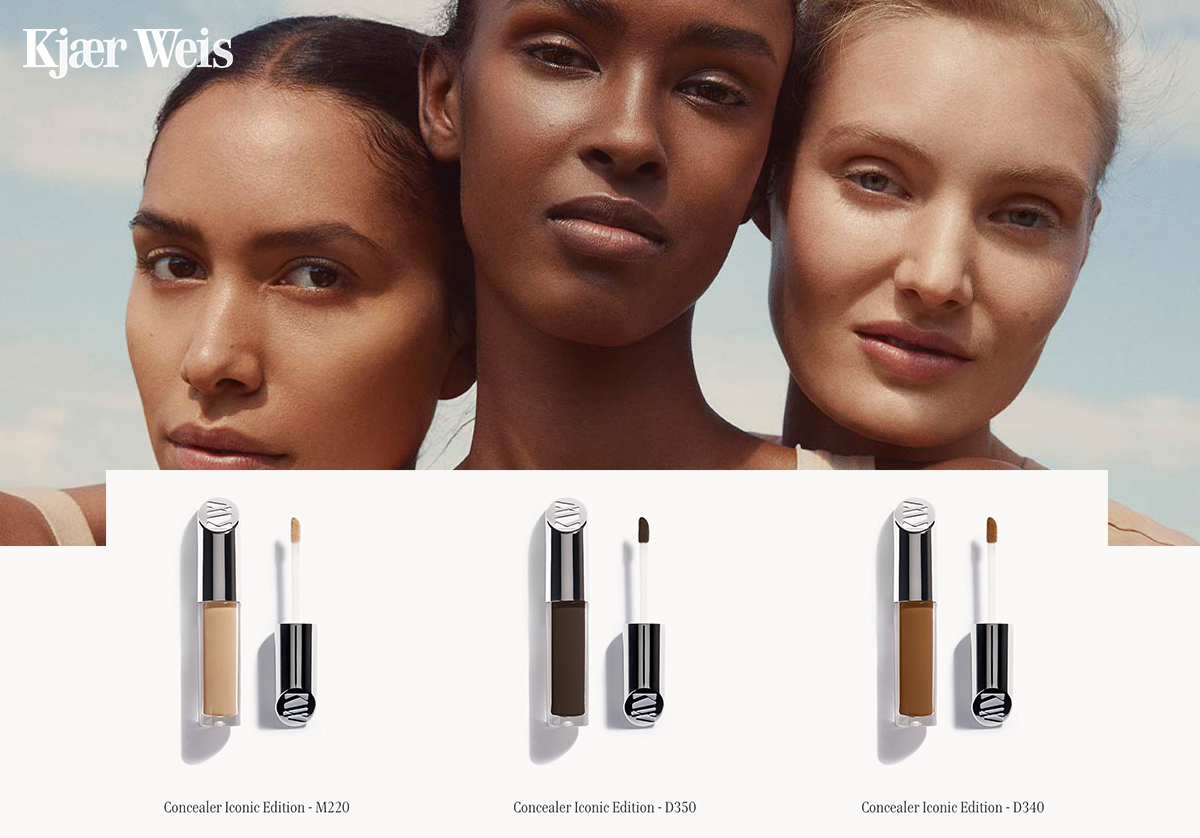
“If you have been around and 2020 was the first time you ever put a woman of color in any significant sense in your marketing, they have no reason to trust you,” said Johnson. She joined Vapour Beauty co-founder Krysia Boinis, Kjaer Weis co-founder and CEO Kristen Kjaer Weis, and Urban Decay founding partner and chief creative officer Wende Zomnir as well as moderator and Beauty Independent editor Claire McCormack for Wednesday’s webinar. The discussion delved into a wide array of topics, from the business impacts of the pandemic to product inclusivity.
Johnson emphasized product inclusivity isn’t resolved by expansive shade ranges alone. Within shades, she asserted, “You need the nuance.” Johnson stressed women of color have to be the focus at the product development level to yield products truly for them. She said, “While every brand doesn’t have to target every type of customer, if a brand wants to claim they are inclusive, they need be prepared to answer what they do and say for women of color.”
“Modern beauty consumers are looking for more than just a lipstick. They are looking to connect with businesses that reflect their own values.”
Well in advance of the present moment, clean cosmetics brands have been criticized for failing to address a broad population. “As an indie brand, I know, at the core, we are inclusive. Now that doesn’t mean we can’t do better in many ways,” says Weiss. “The main focus has to be on the diversification of the colors within the range.” Kjaer Weis’s Cream Foundation has 16 shades, and its Concealer has a dozen shades.
Boinis explained creating multiple shades with clean ingredients on an indie budget is challenging for most emerging brands. However, she pointed out that, because Vapour has its own manufacturing center in New Mexico, it’s been able to develop an extensive palette. Vapour co-founder Kristine Keheley is an artist and formulator with experience mixing and matching cosmetics for various skin tones.
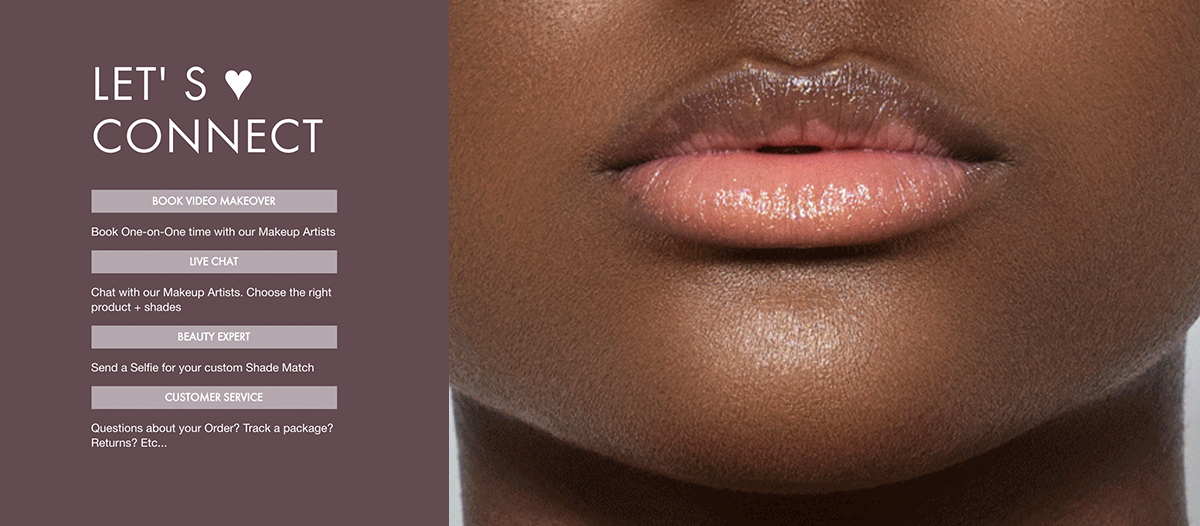
The pandemic has put enormous pressure on a color cosmetics sector highly dependent on brick-and-mortar venues to deliver product education and give consumers confidence that shades are right for them. With numerous stores shuttered as part of the effort to contain coronavirus outbreaks, virtual try-on technology and direct-to-consumer distribution has become crucial for makeup brands.
Zomnir said success for color cosmetics brands going forward will hinge on them being adept at talking about and demonstrating products digitally. Johnson agreed, and mentioned Mented hosted live sessions via Facebook and Instagram to support its bronzer launch. The brand served several tutorials to substitute for what they might encounter in an in-person launch event. Vapour recently launched live chat and one-on-one video makeover functions on its website. Boinis reported the makeovers have been a big success. They offer customers a bespoke Vapour experience with trained professionals. As COVID closures continue, Boinis suggested beauty startups invest in influencer partnerships. She said, “Being able to have people of different ethnicities, different genders all showing products I think is super important.”
“While every brand doesn’t have to target every type of customer, if a brand wants to claim they are inclusive, they need to walk the walk.”
Some color cosmetics brands are escalating sampling to allow customers to experiment with products prior to purchases, but waste is a concern with the ramped-up sampling. Weis, whose brand has also been executing virtual consultations incorporating makeup artists, is keen to crack code of sustainable sampling. She said, “Sending out a lot of little plastic parts is not a good idea, and it’s just going to add to the enormous amount of plastic that’s already out there.” To reduce environment impacts, Kjaer Weis provides refill options for compact-based items.
The end of pandemic-stoked store closures won’t completely rectify makeup brands’ difficulties. Testers are still likely going to be out of the question for hygienic reasons. Retailers and brands are looking to augmented and virtual reality tools to help compensate for the removal of testers. Mented has been investigating virtual try-on technologies, but Johnson said they have a way to go when it comes to picking up on the subtleties of skin.
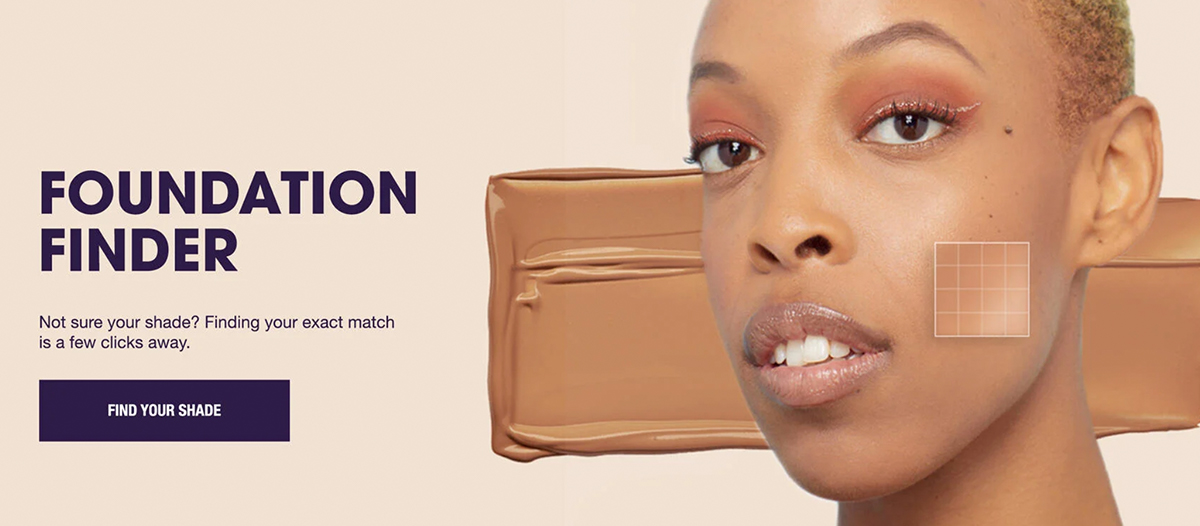
Zomnir commented the technology can be worthwhile particularly for shoppers considering new shades of a product they already know, but they aren’t as good for products shoppers aren’t familiar with. “Things like virtual try-on are awesome for something super simple like lipstick,” expounded Zomnir. “You can just click and check, and it’s really fun, but I think for tougher things like buying foundation, identifying eye shadow texture, it’s really about experiencing [the product].”
Despite the hurdles color cosmetics brands are facing in the midst of the pandemic, Zomnir is bullish on them surviving it and flourishing once its effects dissipate. She said, “It’s just about getting creative, and that’s great news because that’s what we do. We’re creative people, we’re color people!”



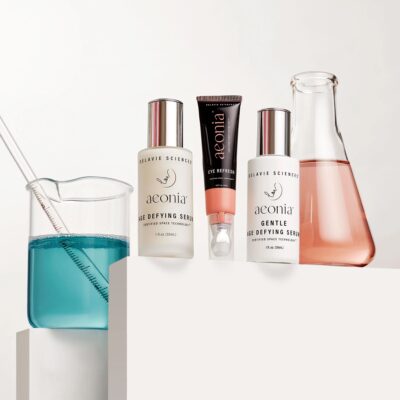
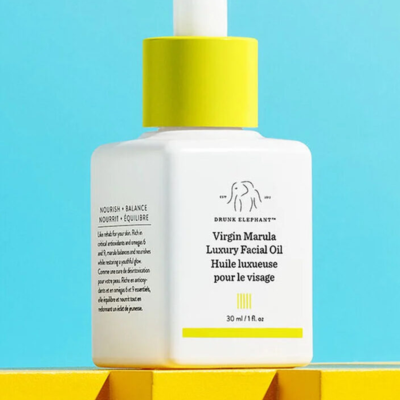
Leave a Reply
You must be logged in to post a comment.